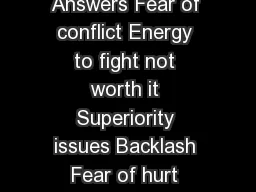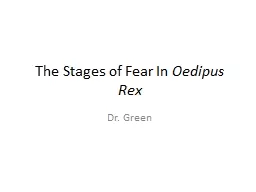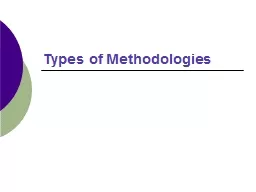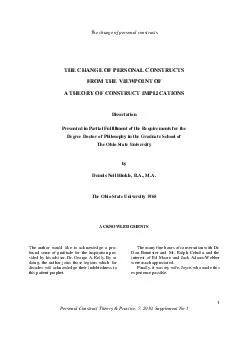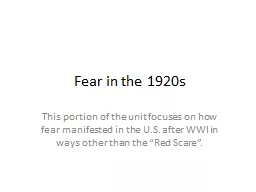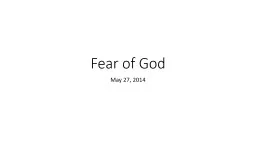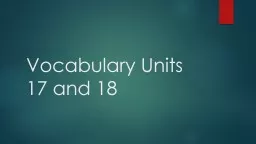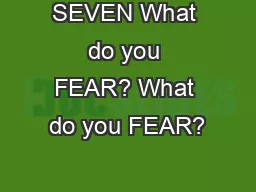PDF-Toward a Working Definition of the Construct of Fear in
Author : rodriguez | Published Date : 2022-09-21
the Management Sciences by S Mercedes McBride Walker WP 1 6 0 Copyright Department of Organizational Behavior Weatherhead School of Management Case Western Reserve
Presentation Embed Code
Download Presentation
Download Presentation The PPT/PDF document "Toward a Working Definition of the Const..." is the property of its rightful owner. Permission is granted to download and print the materials on this website for personal, non-commercial use only, and to display it on your personal computer provided you do not modify the materials and that you retain all copyright notices contained in the materials. By downloading content from our website, you accept the terms of this agreement.
Toward a Working Definition of the Construct of Fear in: Transcript
Download Rules Of Document
"Toward a Working Definition of the Construct of Fear in"The content belongs to its owner. You may download and print it for personal use, without modification, and keep all copyright notices. By downloading, you agree to these terms.
Related Documents


